Yemen crisis: Half of population facing 'pre-famine conditions'
- Published
The UN says Yemen is facing the world's worst famine in 100 years if the war continues
Half the population of war-torn Yemen - 14 million people - are facing "pre-famine conditions", the UN has warned.
Humanitarian co-ordinator Mark Lowcock said survey work showed the number entirely reliant on aid for survival was three million higher than thought.
There was a clear danger of a famine "much bigger than anything any professional in this field has seen during their working lives", he added.
Medics say the number of deaths linked to food-related factors is rising.
Yemen has been devastated by a conflict that escalated in 2015, when a Saudi-led coalition intervened after the rebel Houthi movement seized control of much of the west of the country and forced President Abdrabbuh Mansour Hadi to flee abroad.
At least 6,660 civilians have been killed and 10,560 injured in the war, according to the UN. The fighting and a partial blockade by the coalition have also left 22 million people in need of humanitarian aid, created the world's largest food security emergency, and led to a cholera outbreak that has affected 1.1 million people.
In an address to the UN Security Council on Tuesday, Mr Lowcock said famines were a rarity in the modern world, which made the situation in Yemen "shocking", external.
Allow X content?
This article contains content provided by X. We ask for your permission before anything is loaded, as they may be using cookies and other technologies. You may want to read X’s cookie policy, external and privacy policy, external before accepting. To view this content choose ‘accept and continue’.

A famine is declared when three thresholds of food insecurity, acute malnutrition and mortality are together all breached. The three criteria are:
At least one in five households faces an extreme lack of food
More than 30% of children under five are suffering from acute malnutrition
At least two people out of every 10,000 are dying every day
Mr Lowcock said assessments conducted a year ago, which are currently being repeated, had found that in 107 of Yemen's 333 districts the first two thresholds were either already exceeded or dangerously close.
The third threshold about the number of deaths was more difficult to confirm.
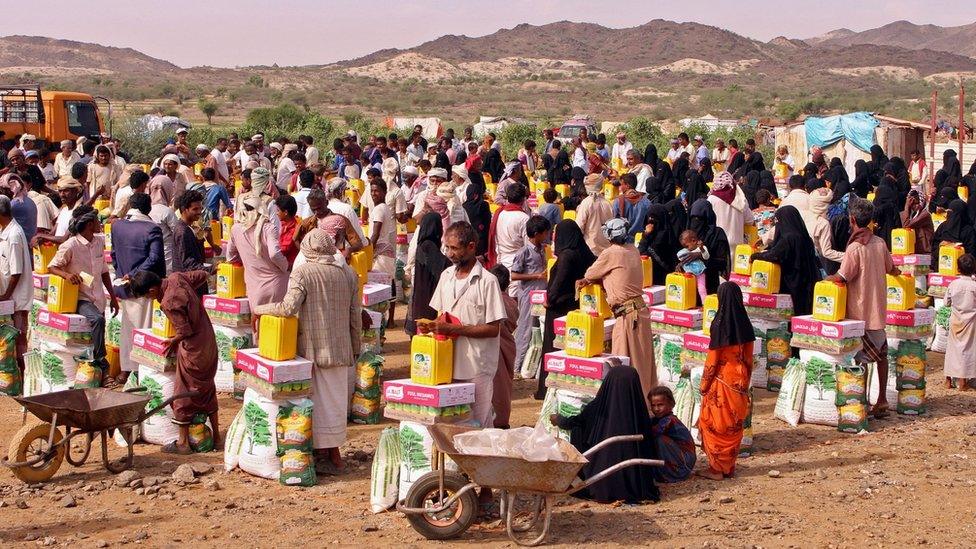
The UN and its humanitarian partners currently provide aid to eight million Yemenis each month
He explained that many deaths were hidden because only half of Yemen's health facilities were functioning, and many Yemenis were too poor to access the ones that were open. Very few families report deaths at home.
However, at the end of 2017 the charity Save the Children estimated that 130 children were dying every day from extreme hunger and disease, external - or almost 50,000 during the course of a year.
The UN warned of famine in Yemen last year, but Mr Lowcock said the situation was "now much graver" for two reasons.
"Firstly, because of the sheer number of people at risk," he said. "Our revised assessment... is that the total number of people facing pre-famine conditions, meaning they are entirely reliant on external aid for survival, could soon reach not 11 million but 14 million."
"And secondly, beyond the sheer numbers, while millions of people have been surviving on emergency food assistance for years, the help they get is enough merely to survive. Not to thrive," he added.
Headmaster grieves for the "sons" he lost
"The toll is unbearably high. The immune systems of millions of people on survival support for years on end are now are literally collapsing, making them - especially children and the elderly - more likely to succumb to malnutrition, cholera and other diseases."
Mr Lowcock said the humanitarian crisis had been exacerbated by an economic crisis in Yemen and continued fighting around the rebel-held Red Sea port of Hudaydah, through which the country has traditionally imported 90% of its food.
He appealed for a cessation of hostilities around all infrastructure and facilities on which the aid operation relied; protection of the supply of food and essential goods; a larger injection of foreign exchange into the economy; increased funding for the humanitarian operation; and for all parties to engage in peace talks.
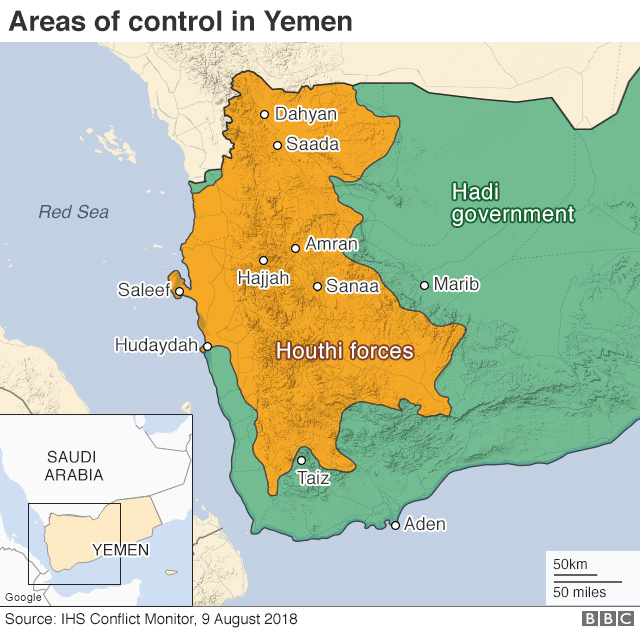

- Published9 September 2018
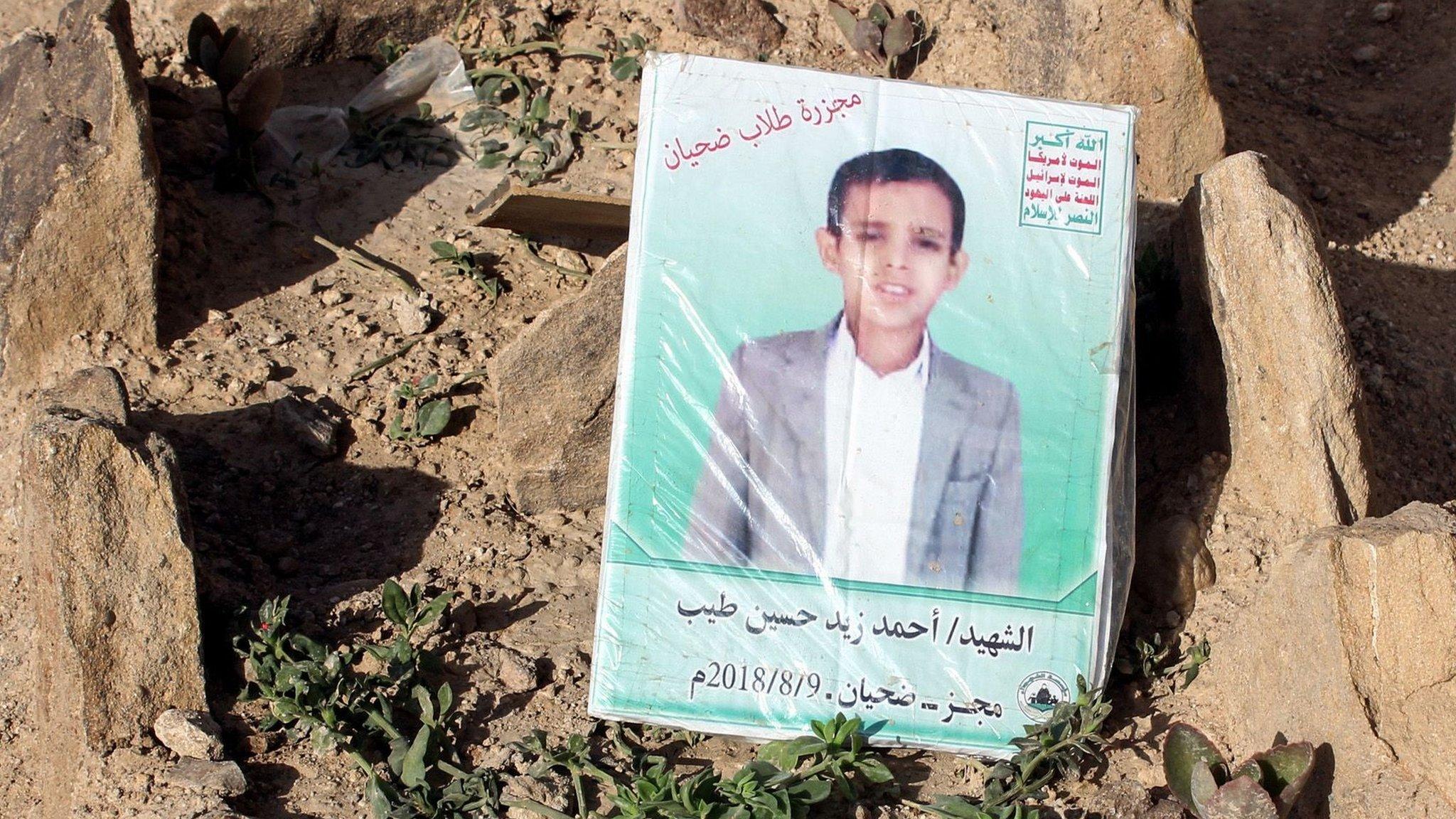
- Published27 August 2018
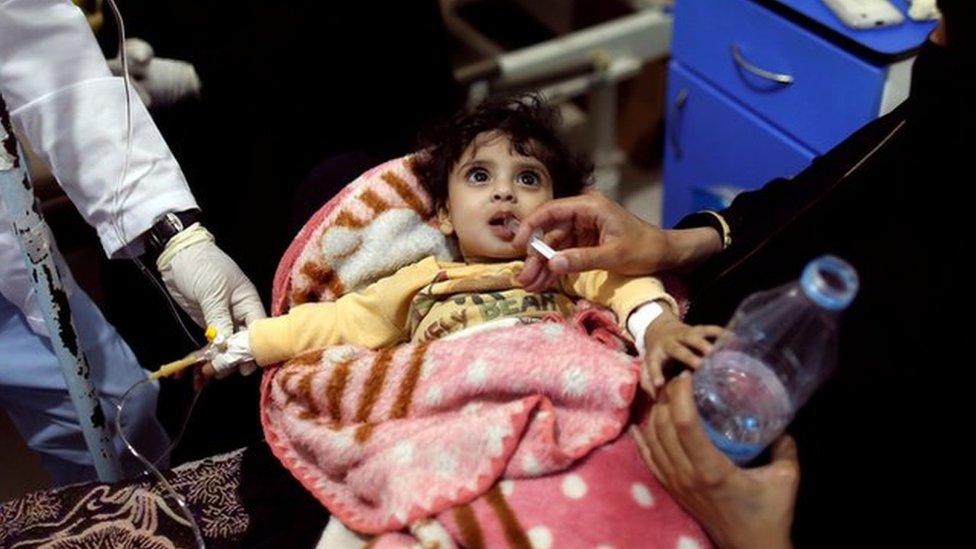
- Published23 August 2018
- Published19 November 2017
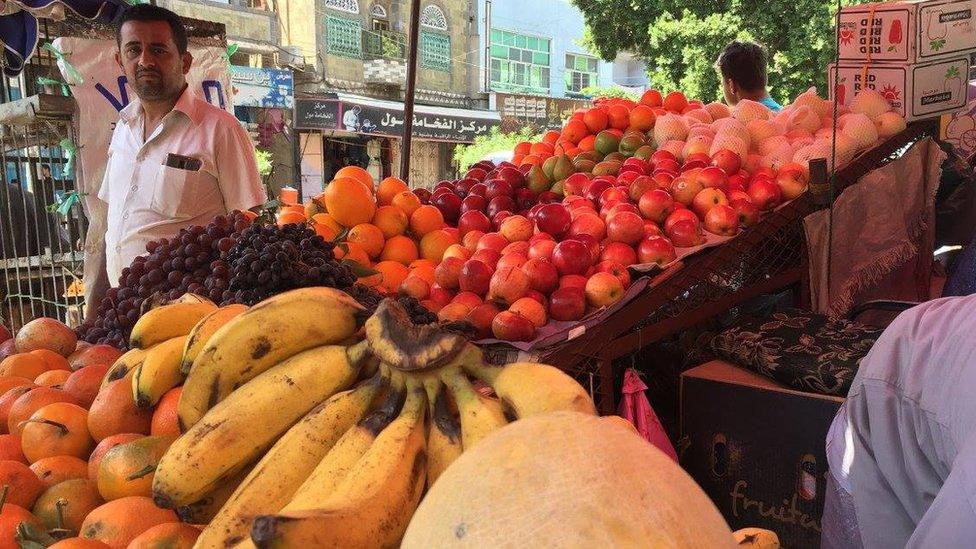
- Published13 June 2018
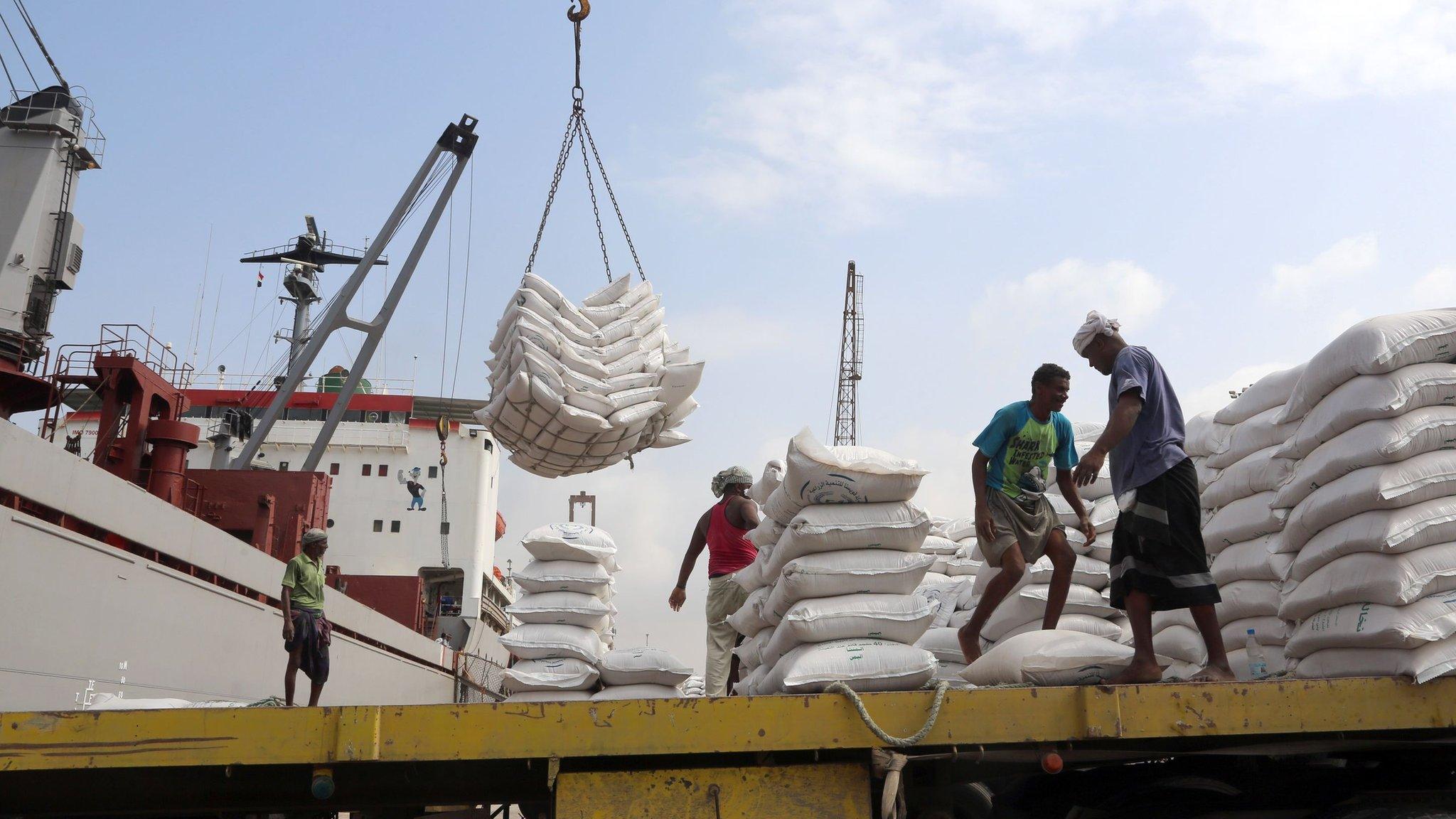
- Published23 August 2017
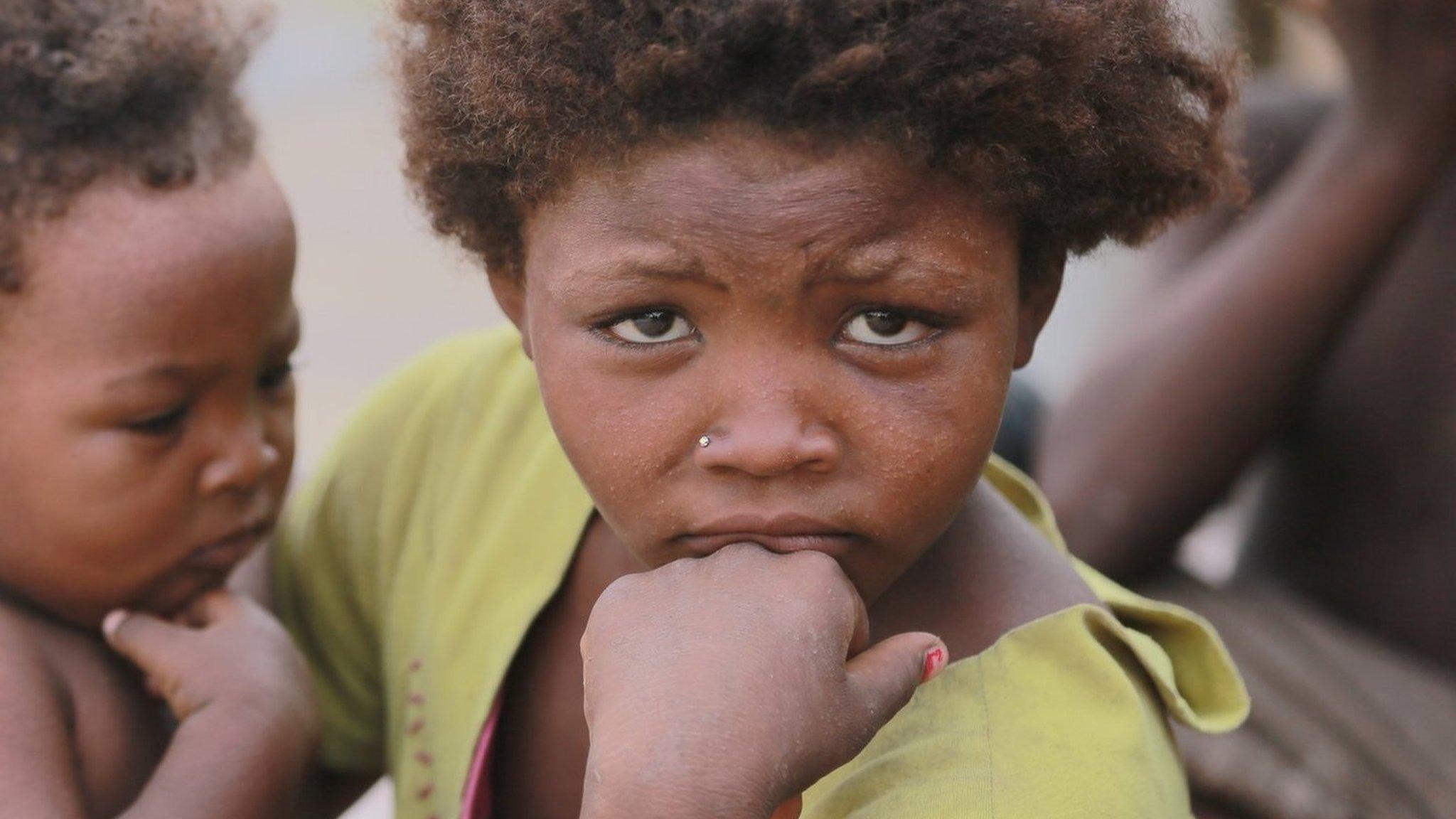
- Published5 October 2017
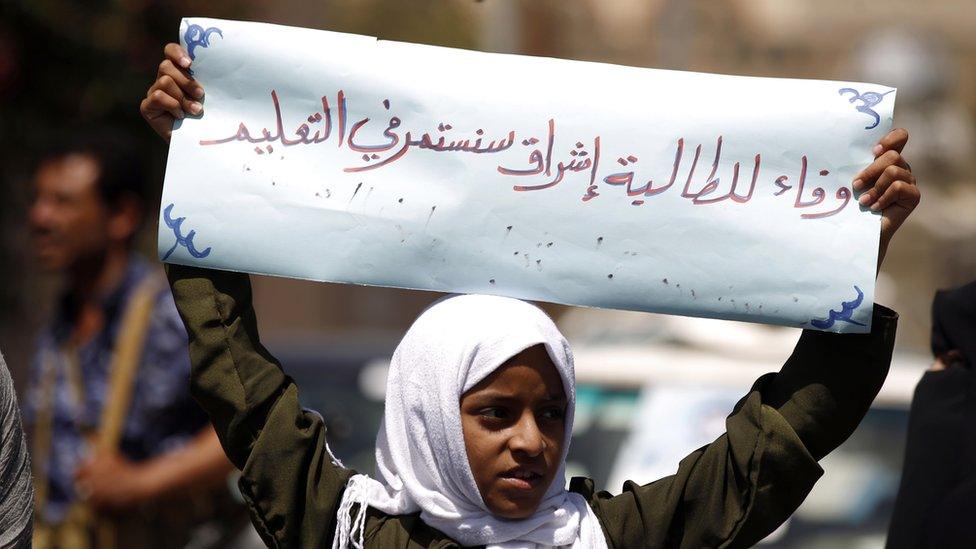
- Published14 April 2023
